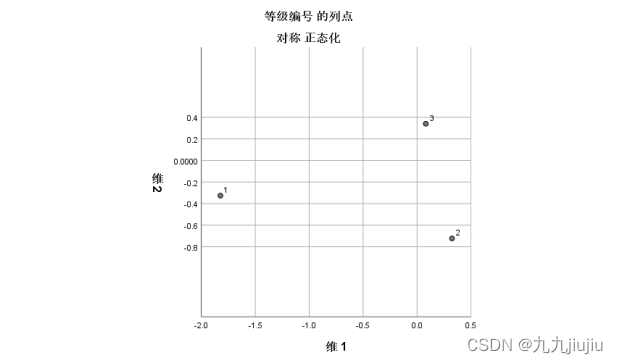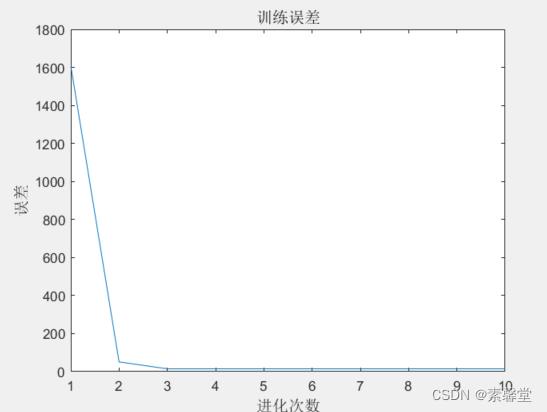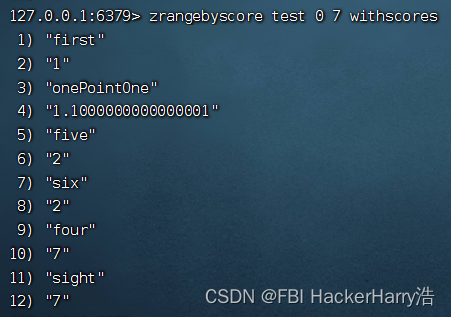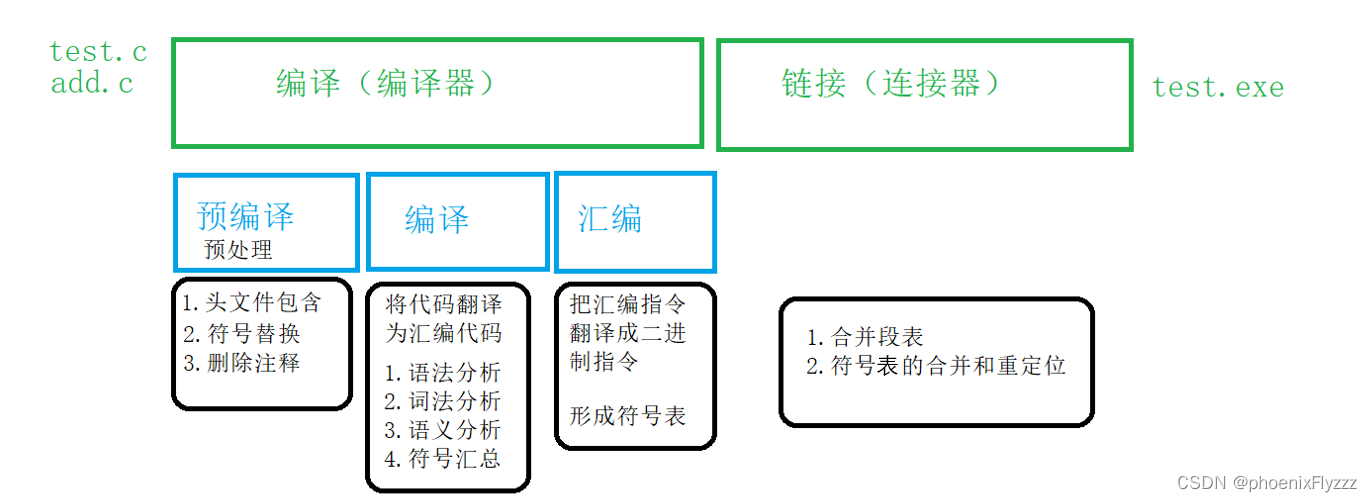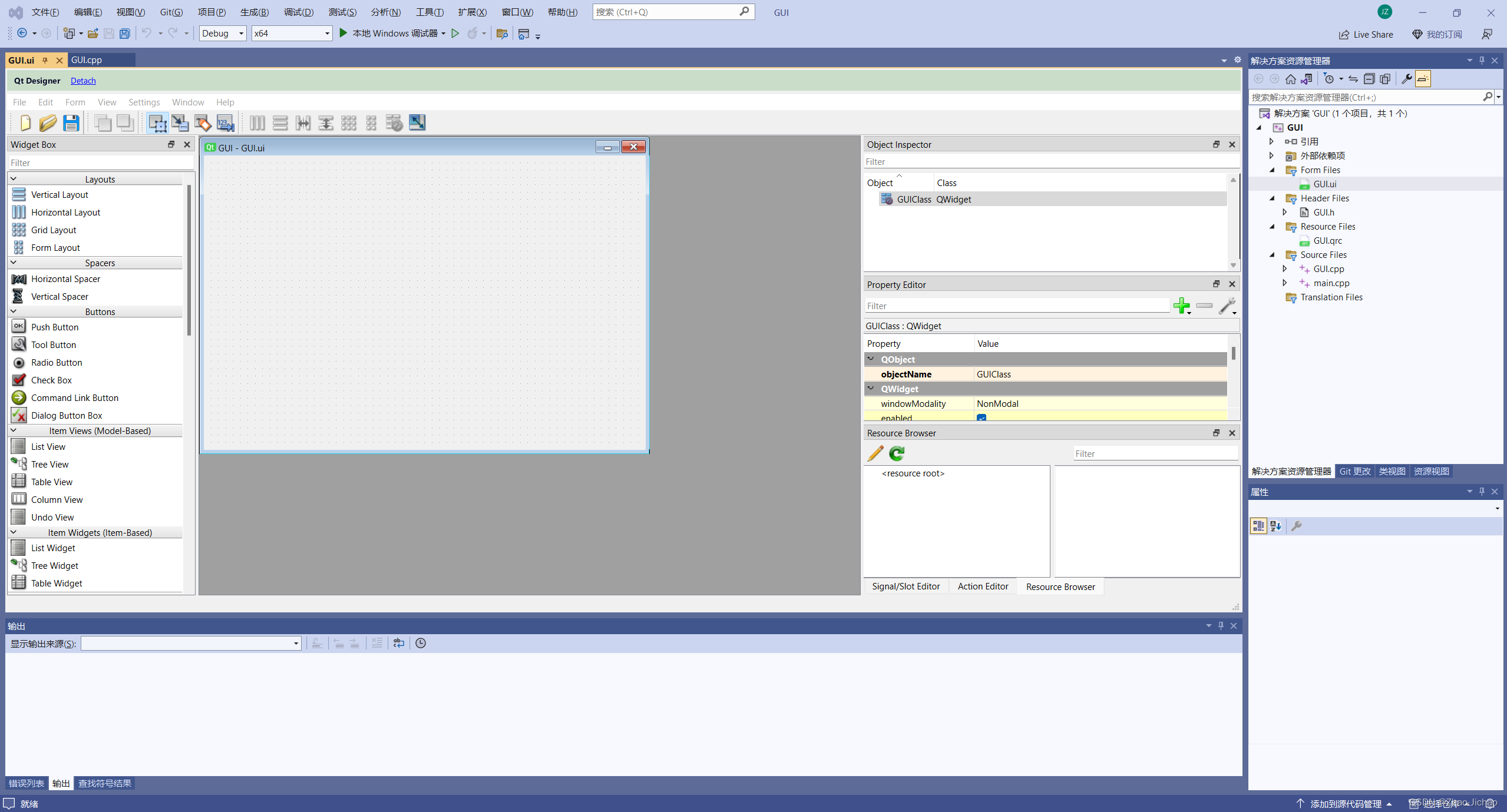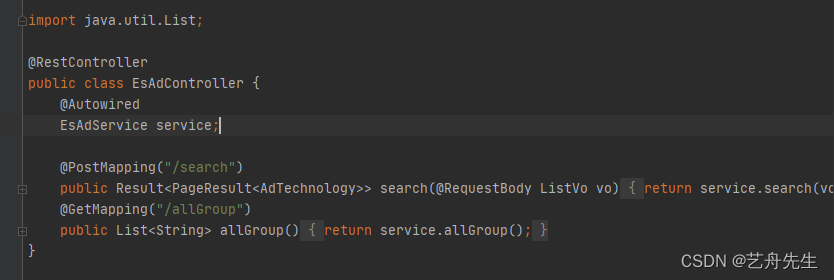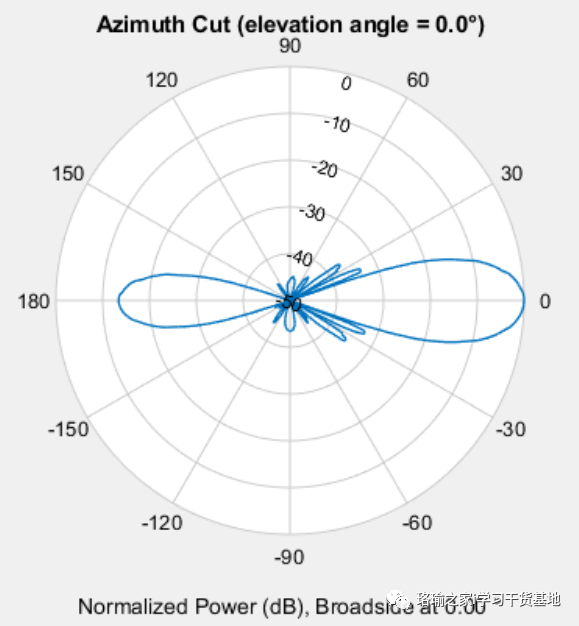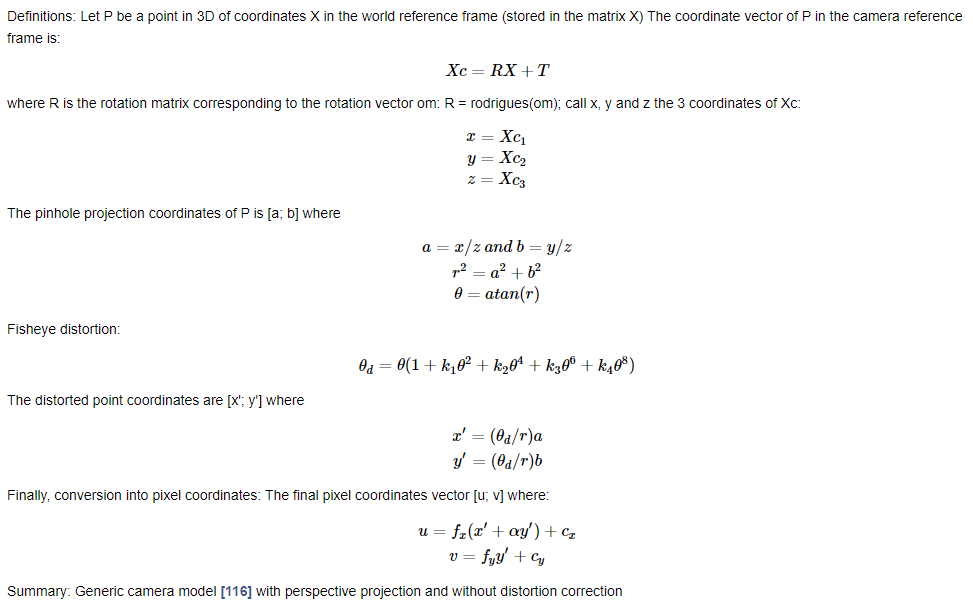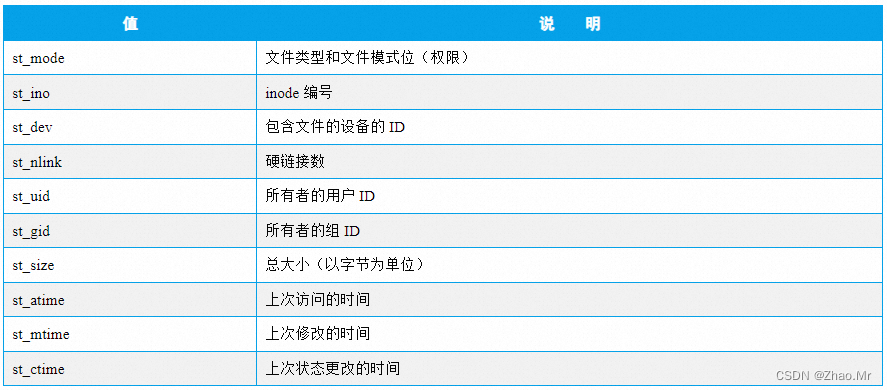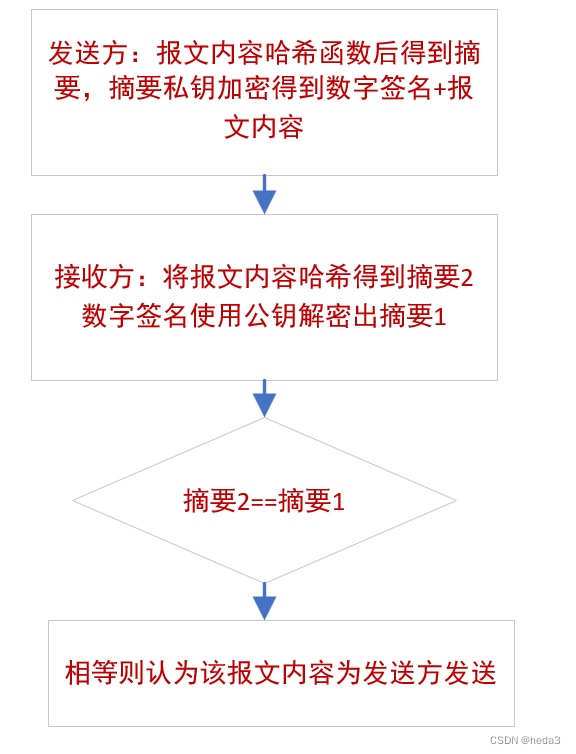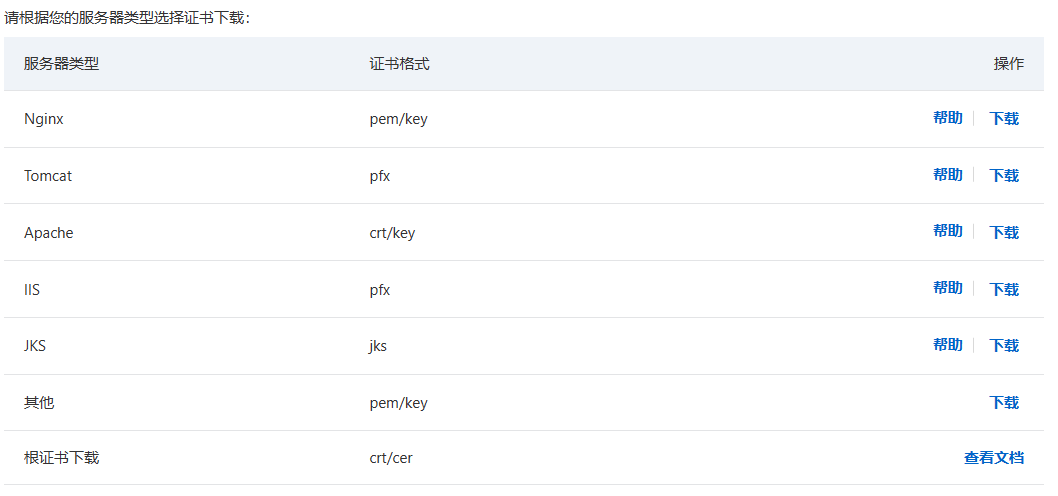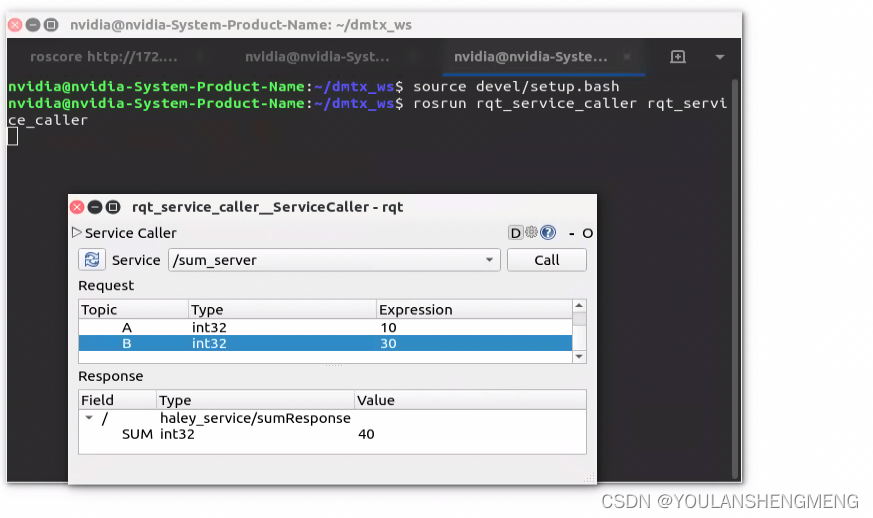C++基础学习
- 一、运算符重载
- 1.1 加号运算符的重载
- 1.2 左移运算符的重载
- 1.3 递增运算符的重载
- 1.4 赋值运算符的重载
- 1.5 关系运算符的重载
- 二、继承
- 2.1 继承的基本用法
- 2.2 继承方式
- 2.3 继承当中的对象模型
- 2.4 继承当中的构造和析构函数的顺序
- 2.5 继承同名成员处理方式
- 2.6继承同名静态成员处理方式
- 2.7 多继承语法
- 三、多态
- 3.1 多态的基本概念
- 3.2 纯虚函数和抽象类
一、运算符重载
运算符重载概念:对已有的迷算符重新进行定义,赋予其另一种功能,以适应不同的数据类型
1.1 加号运算符的重载
作用:
实现两个自定义数据类型相加的运算
#include<stdio.h>
#include<iostream>
using namespace std;
//重载运算符
class Person {
public:
//成员函数重载+法运算符
/*Person operator+(Person &p) {
Person temp;
temp.m_A = this->m_A + p.m_A;
temp.m_B = this->m_B + p.m_B;
return temp;
}*/
public:
int m_A;
int m_B;
Person() {};
Person(int a,int b) {
m_A = a;
m_B = b;
}
};
//通过全局来重载+法运算符
Person operator+ (Person & p1, Person & p2) {
Person temp;
temp.m_A = p1.m_A + p2.m_A;
temp.m_B = p1.m_B + p2.m_B;
return temp;
}
//还可以创建类似的+法重载函数
Person operator+ (Person& p1, int num) {
Person temp;
temp.m_A = p1.m_A + num;
temp.m_B = p1.m_B + num;
return temp;
}
void test() {
Person p1(10, 10);
Person p2(20, 30);
Person p3 = p1 + p2;
cout << "p3.m_B = " << p3.m_B << endl;
cout << "p3.m_A = " << p3.m_A << endl;
Person p4 = p2 + 100;
cout << "p4.m_B = " << p4.m_B << endl;
cout << "p4.m_A = " << p4.m_A << endl;
}
int main() {
test();
}
总结:
- 总结1:
对于内置的数据类型的表达式的的运算符是不可能改变的- 总结2:
不要滥用运算符重载
1.2 左移运算符的重载
左移运算符:>>
作用:
可以输出自定义数据类型
#include<stdio.h>
#include<iostream>
using namespace std;
class Person {
public:
//创建成员函数去调用<<重载,不可行,因为只能让cout在其右侧,重载不出来
/*ostream& operator<<(ostream& cout) {
cout << this->m_A << " " << this->m_B;
return cout;
}*/
public:
int m_A;
int m_B;
Person(int a, int b) {
m_A = a;
m_B = b;
}
};
ostream& operator<<(ostream& cout, Person& p) {
cout << p.m_A << " " << p.m_B;
return cout;
}
void test() {
Person p(10, 20);
/*p.operator<<(cout);
若用成员函数只能写成这样
*/
//我们应该重写为下面的形式
cout << p;
}
int main() {
test();
}
总结: 重载左移运算符配合友元可以实现输出自定义数据类型
1.3 递增运算符的重载
作用:
通过重载递增运算符,实现自己的整型数据
#include<stdio.h>
#include<iostream>
using namespace std;
class MyInteger {
public:
int MyNum;
MyInteger() {
MyNum = 0;
}
//++前置
MyInteger& operator++() {
//先将数字++;
MyNum++;
//再返回其数字
return *this;
}
//后置++,通过后面是否跟上int占位符,跟着就为后置
MyInteger operator++(int) {//这里必须是返回值,因为这里返回的是临时变量,调用后就会消失
//首先创建一个临时变量来存储值,用作后面的返回
MyInteger temp = *this;
MyNum++;
return temp;
}
};
ostream& operator<<(ostream& cout,MyInteger p) {
cout << p.MyNum;
return cout;
}
void test() {
/*MyInteger p1;
cout<< ++p1 << endl;
cout << p1;*/
MyInteger p2;
cout << p2++ << endl;
cout << p2 << endl;
}
int main() {
test();
}
1.4 赋值运算符的重载
c++编译器至少给一个类添加4个函数
- 默认构造函数(无参,函数体为空)
- 默认析构函数(无参,函数体为空)
- 默认拷贝构造函数,对属性进行值拷贝
- 赋值运算符 operator=,对属性进行值拷贝
为什么要进行赋值运算符的重载:
如果类中有属性指向堆区,做赋值操作时也会出现深浅拷贝问题
#include<stdio.h>
#include<iostream>
using namespace std;
class Person {
public:
int* m_age;
Person(int age) {
this->m_age = new int(age);
}
//重载赋值运算符(必须返回的为引用数据类型)
Person& operator= (Person& p) {
//如之前的有数字的话,你们就先将其清理干净后在进行深拷贝
if (m_age != NULL) {
delete m_age;
m_age = NULL;
}
//进行深拷贝方法
m_age = new int(*p.m_age);
return *this;//(返回当前的Person类,才能够进行链式编程)
}
~Person() {
if (this->m_age != NULL) {
delete m_age;
m_age = NULL;
}
}
};
void test() {
Person p2(20);
Person p1(30);
Person p3(30);
p1 = p2 = p3;
cout << "p1 = " << *p1.m_age << endl;
cout << "p2 = " << *p2.m_age << endl;
cout << "p3 = " << *p3.m_age << endl;
}
int main() {
test();
}
1.5 关系运算符的重载
作用: 重载关系运算符,可以让两个自定义类型对象进行对比操作
#include<stdio.h>
#include<iostream>
#include<string.h>
using namespace std;
class Person {
public:
string m_name;
int m_age;
Person(string name, int age) {
this->m_age = age;
this->m_name = name;
}
//进行重载运算符
bool operator== (Person& p) {
if (( this->m_age == p.m_age) && (this->m_name = p.m_name)) {
return true;
}
else return false;
}
};
void test() {
Person p1("asd", 12);
Person p2("asd", 12);
if ( p1 == p2) {
cout << "他们相等" << endl;
}
else {
cout << "他们不相等" << endl;
}
}
int main() {
test();
}
二、继承
继承是面向对象三大特性之一
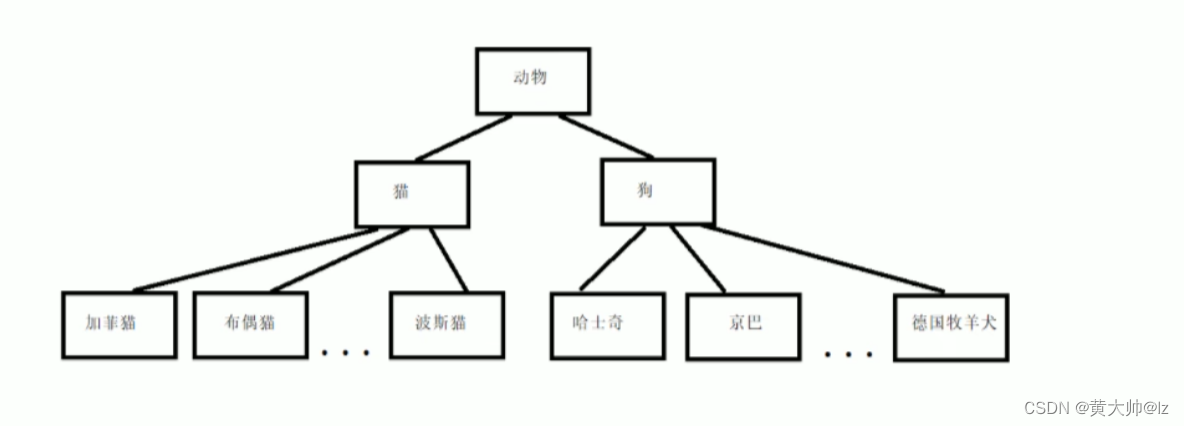
我们发现,定义这些类时,下级别的成员除了拥有上一级的共性,还有自己的特性.这个时候我们就可以考虑利用继承的技术,减少重复代码
2.1 继承的基本用法
总结:
可以减少重复的代码继承的好处:
语法
class A : public B;
A类称为子类或派生类B类称为父类或基类
派生类中的成员,包含两大部分:
- 类是从基类继承过来的,一类是自己增加的成员
- 从基类继承过过来的表现其共性,而新增的成员体现了其个性
2.2 继承方式
继承的语法: class 子类 : 继承方式 父类
继承方式一共有三种:
- 公共继承
- 保护继承
- 私有继承
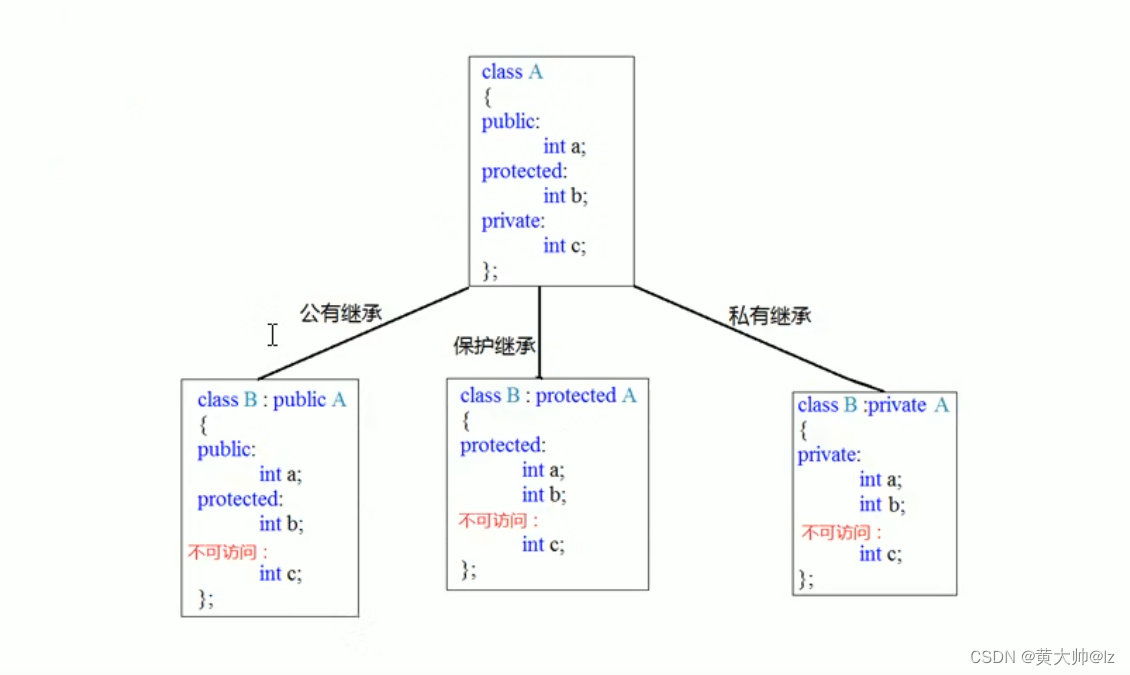
public继承如下 ,其他的类似
#include<stdio.h>
#include<iostream>
using namespace std;
class Base {
public:
int age;
protected:
int ID;
private:
int height;
};
class son1 :public Base {
public:
son1 s1() {
age = 100;//可以修改
ID = 15;//可以修改
//height = 180; //不能出现
}
};
void test1() {
son1 s1;
s1.age = 100;//可以在类外修改
//s1.ID = 15;//不可以
//s1.height = 180; //不能
}
int main() {
test1();
}
2.3 继承当中的对象模型
说明:
- 父类中所有非静态成员属性都会被子类继承下去
- 父类中私有成员属性 是被编译器给隐藏了,因此是访问不到,但是确实被继承下去了
2.4 继承当中的构造和析构函数的顺序
- 首先先创建父类的构造函数,在创建子类的构造函数
- 析构函数的顺序是与构造函数的调用方法相反
2.5 继承同名成员处理方式
问题: 当子类与父类出现同名的成员,如何通过子类对象,访问到子类或父类中同名的数据呢?
- 访问子类同名成员直接访问即可
- 访问父类同名成员需要加作用域
#include<stdio.h>
#include<iostream>
using namespace std;
class Base {
public:
int age;
void func() {
cout << "父类的func:函数的调用" << endl;
}
void func(int a) {
cout << "父类的func:(int a)函数的调用" << endl;
}
};
class Son :public Base {
public:
int age;
void func() {
cout << "子类的func函数:调用" << endl;
}
};
void test() {
Son s1;
//调用子类的func函数
s1.func();
//s1.func(10); 这里会报错,因为这里表示的为调用子类的有参成员函数,只有父类才有有参的成员
//函数,当未加上与解析符的时候,那么会覆盖子类的所有成员函数
//调用父类的func函数
s1.Base::func();
s1.Base::func(10);
}
int main() {
test();
}
总结:
子类对象可以直接访问到子类中同名成员子类对象加作用域可以访问到父类同名成员当子类与父类拥有同名的成员函数,子类会隐藏父类中同名成员函数,加作用域可以访问到父类中同名函数
2.6继承同名静态成员处理方式
问题: 继承中同名的静态成员在子类对象上如何进行访问?
#include<stdio.h>
#include<iostream>
using namespace std;
class Base {
public:
static void func() {
cout << "调用Base当中的静态成员函数" << endl;
}
static void func(int a ) {
cout << "调用Base(int a)当中的静态成员函数" << endl;
}
static int age;
};
int Base::age = 100;
class Son : public Base {
public:
static void func() {
cout << "调用Son当中的静态成员函数" << endl;
}
static int age;
};
int Son::age = 200;
void test() {
//1. 通过成员函数来调用
Son s1;
cout << "调用子类的成员属性" << s1.age << endl;
cout << "调用父类的成员属性" << s1.Base::age << endl;
s1.func();
s1.Base::func();
//2.通过类名来调用
cout << "调用子类的成员属性" << Son::age<< endl;
cout << "调用父类的成员属性" << Son::Base::age<< endl;
Son::func();
Son::Base::func();
}
int main() {
test();
}
静态成员和非静态成员出现同名,处理方式一致
- 访问子类同名成员 直接访问即可
- 访问父类同名成员 需要加作用域
总结:
同名静态成员处理方式和非静态处理方式一样,只不过有两种访问的方式(通过对象和通过类名)
2.7 多继承语法
C++允许一个类继承多个类
语法: class 子类 : 继承方式 ,父类1继承方式 父类2...
多继承可能会引发父类中有同名成员出现,需要加作用域区分
C++实际开发中不建议用多继承
#include<stdio.h>
#include<iostream>
using namespace std;
class Base1 {
public:
int age;
};
class Base2 {
public:
int age;
};
class Son : public Base1, public Base2 {
public:
int a;
int b;
Son() {
Base1::age = 100;
Base2::age = 320;
a = 1;
b = 1;
}
};
void test() {
Son s1;
cout << "Base1类当中的age: " << s1.Base1::age << endl;
cout << "Base2类当中的age: " << s1.Base2::age << endl;
}
int main() {
test();
}
总结: 多继承中如果父类中出现了同名情况,子类使用时候要加作用域
三、多态
3.1 多态的基本概念
多态是C++面向对象三大特性之一
多态分为两类
- 静态多态: 函数重载 和 运算符重载属于静态多态,复用函数名
- 动态多态: 派生类和虚函数实现运行时多态
静态多态和动态多态区别:
- 静态多态的函数地址早绑定 编译阶段确定函数地址
- 动态多态的函数地址晚绑定 运行阶段确定函数地址
实现多态的条件:
1、有继承关系
2、子类重写父类的虚函数
动态多态使用父类的指针或者引用 指向子类对象
下面通过案例进行讲解多态:
#include<stdio.h>
#include<iostream>
using namespace std;
class Animal {
public:
virtual void speak(Animal& a) {
cout << "动物在说话" << endl;
}
};
class Cat :public Animal {
public:
//重写虚函数,但是重写父类的虚函数对象与重载不同,返回值,参数必须完全相同
void speak(Animal& a) {
cout << "小猫在说话" << endl;
}
};
void test() {
Cat cat;
cat.speak(cat);
}
int main() {
test();
}
3.2 纯虚函数和抽象类
在多态中,通常父类中虚函数的实现是毫无意义的,主要都是调用子类重写的内容
-
因此可以将虚函数改为纯虚函数
-
纯虚函数语法:
virtual 返回值类型 函数名(参数列表) = 0; -
当类中有了纯虚函数,这个类也称为抽象类
抽象类特点
无法实例化对象子类必须重写抽象类中的纯虚函数,否则也属于抽象类

